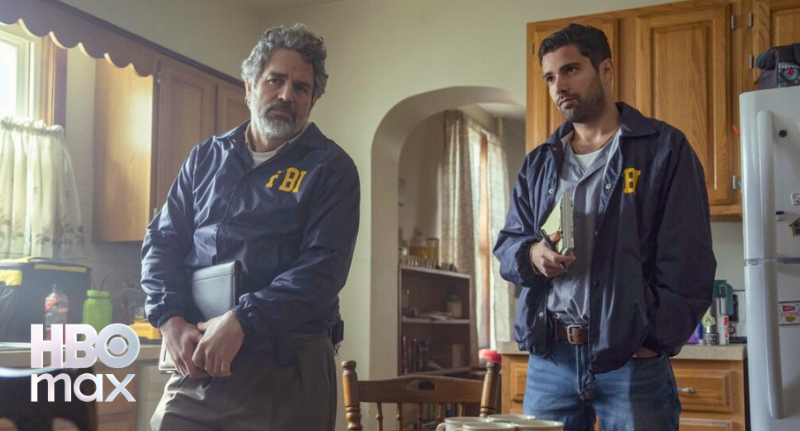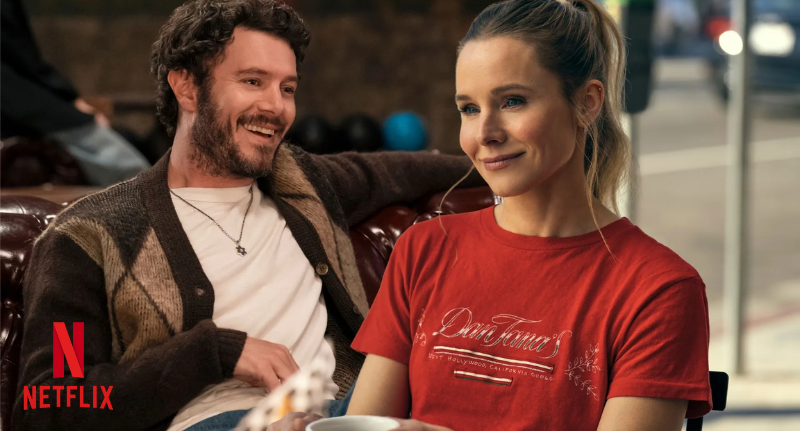Australia’s streaming landscape is undergoing a fundamental shift as consumers prioritise value over premium experiences.
According to Kantar Analytics Q3 2025 Entertainment on Demand data, Ad-supported streaming has exploded, with 5.6 million Australian households now subscribing to at least one paid ad-supported (AVoD) service.
That’s a 77% year-on-year surge.
Thirty percent of new subscribers chose ad-supported plans in Q3, with Netflix leading the charge at 73% of new sign-ups opting for the cheaper tier.
Meanwhile, overall video-on-demand penetration has plateaued at 76% of households, signalling market maturation and growing consumer caution around subscription costs.
After all, there is a cost of living crisis going on.
HBO Max struggles despite growth
The Australian journey into homes for HBO Max has been turbulent.
After launching as ‘Max’ in March 2025, Warner Bros Discovery reverted to the HBO Max branding in July, driving a 73% quarter-on-quarter subscriber increase.
However, the service recorded the lowest brand advocacy among major platforms, with a Net Promoter Score (NPS) at just +1 percentage point.

HBO Max faces the ‘Task” of improving NPS. Pictured: Mark Ruffalo & Tom Pelphrey
The platform’s Foxtel partnership, which bundles HBO Max’s ad-supported tier into every residential plan, has boosted numbers but delivered poor experiences.
Foxtel customers activating the offer registered a negative NPS of -7 points, with ad frequency and variety the primary complaints.
HBO Max’s late-quarter addition to Prime Video Channels showed promise, capturing 7% of new subscribers despite launching in September.
But Paramount+ saw stronger results through the channel, with 13% of Q3 sign-ups coming via Prime Video.
Netflix tests the limits of price increases
Netflix’s sixth Australian price increase since 2015 has pushed subscriber patience to breaking point.
August adjustments positioned Netflix as the country’s most expensive entertainment streaming service, with the ad-free Premium tier reaching $28.99 monthly.

Netflix’s ‘Nobody Wants This’ could be an apt title for the platform’s price hikes
The impact was immediate.
Value-for-money satisfaction dropped 3 percentage points to 21 points, with ad-free subscribers particularly disaffected at just 15 points below the category average. Churn climbed from 6% in Q2 to 7.7% in Q3. A further 8.5% of customers are planning to cancel within three months.
Netflix’s saving grace remains its content strength.
Satisfaction with Netflix Originals sits at +38%, well ahead of competitors, with Wednesday claiming both most-viewed and most-enjoyed titles for the quarter.
Sports and local content diverge
Sports streaming captured 27% of new VoD subscriptions in Q3, up from 23% a year ago.
Stan Sport’s new subscriber share more than tripled quarter-on-quarter following its acquisition of English Premier League rights from Optus Sport.

Stan Sport saw uplift with the acquisition of the English Premiere League
Up to now, local Australian content investment, remains concentrated in high-budget drama and sports.
Documentaries and children’s programming are in decline. Net satisfaction with local content sits at just +4 points across the market, with only Stan achieving double digits at 13 points.
Stan Originals including Bump and Ten Pound Poms continue driving sign-ups, while Binge’s The Twelve ranked among Q3’s top five most-enjoyed titles.
Notably, just 12% of Australian subscribers cite local content as a sign-up driver. This significantly trails European markets where regulatory requirements mandate stronger investment in domestic productions.
New quotas Set to Reshape Investment
The landscape may soon shift.
As legislation introduced to Parliament this month will require streaming services with over one million Australian subscribers to invest either 10% of their total Australian expenditure or 7.5% of their revenue in new local drama, children’s, documentary, arts and educational programs.
The quotas, part of the government’s Revive cultural policy, level the playing field with free-to-air broadcasters. Industry estimates suggest the legislation could guarantee at least $372 million annually for Australian screen production.
Which sounds like good news for the industry, even if subscribers seem to be nonplussed by more Aussie stories.
The proof will be in the spend
Most major streamers are already meeting these thresholds through existing productions.
The real test will be whether quotas protect against future cuts and broaden investment beyond high-budget drama into underserved genres like documentaries and children’s content.
The year ahead
Wordpanel’s Andrew Northedge suggests looking forward to 2026, there will be an “increase in subscription service rotation from consumers to combat price rises”, and a “continued shift towards paid ad-supported tiers.”
So, as the market consolidates, streaming services face multiple pressures: meeting consumer demand for value, maintaining content quality that justifies subscriptions, and navigating mandatory local content obligations that may reshape their Australian commissioning strategies.

